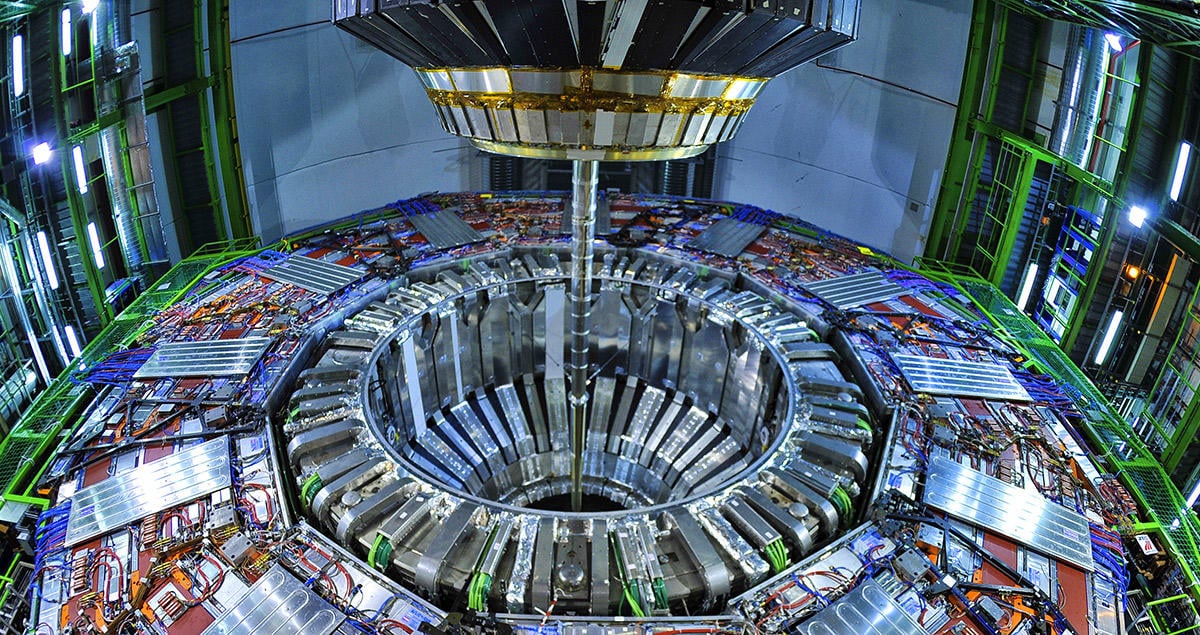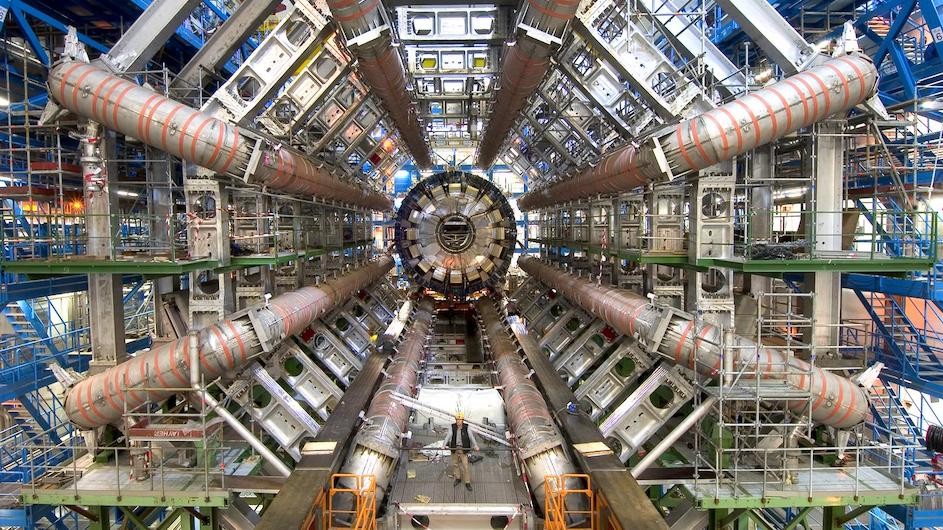Ok, so, this is a little wild.
— Paramendra Kumar Bhagat (@paramendra) May 30, 2025
A particle accelerator can be simulated in AI to dramatically reduce costs, though with important limitations and trade-offs. Here’s a breakdown:
✅ What AI-Powered Simulation Can Do:
1. Accelerator Design Optimization
AI can:
-
Simulate beam dynamics, magnet configurations, and RF systems.
-
Optimize component layouts without costly prototyping.
-
Reduce design time from years to months.
2. Control Systems and Predictive Maintenance
AI can simulate control systems to:
-
Optimize beam steering and energy usage.
-
Predict component failure before it happens.
-
Automate calibration and tuning.
3. Virtual Experiments
AI can simulate:
-
Particle collisions at various energy levels.
-
Probabilistic particle interactions (based on known physics).
-
Rare event detection scenarios (e.g., Higgs boson events).
4. Training and Education
Virtual labs for physicists and students.
No billion-dollar facility needed to learn how particle accelerators work.
❌ What AI Simulation Cannot Fully Replace (Yet):
1. Empirical Data
-
AI models are only as good as the data they are trained on.
-
Discovering new physics (e.g., dark matter candidates, supersymmetry) requires real experimental data.
-
Quantum phenomena often involve unpredictable outcomes AI cannot fully model.
2. Hardware-Specific Constraints
-
Simulations can’t replicate material stresses, thermal effects, vacuum degradation, or superconducting magnet issues at a deep physical level.
-
Real-world prototypes are still needed to validate AI models.
3. Extreme Conditions
-
Simulating the exact plasma behavior, quantum chromodynamics, or gravitational interactions at femtometer scales still pushes the boundaries of computational capacity.
🌐 Real-World Examples of AI in Particle Physics
-
CERN uses ML/AI to filter collision data at the LHC — it processes millions of events per second.
-
SLAC and Fermilab are using reinforcement learning to optimize accelerator tuning.
-
Surrogate modeling is being used to replace slow physics simulations with fast AI approximations.
💡 Vision: AI as a Virtual LHC?
Yes — for theory exploration, design, training, and narrowing down experimental targets.
No — for actual discovery of new physical laws or particles, which require empirical validation.
🔁 Hybrid Future
The future of particle physics is hybrid:
-
AI drastically lowers cost, time, and manpower.
-
But physical experiments remain essential for true breakthroughs.
Simulating A Particle Accelerator In AI https://t.co/o4lv4Vcj7j
— Paramendra Kumar Bhagat (@paramendra) May 30, 2025





No comments:
Post a Comment